Underwater archaeologists identified a shipwreck found in 2003 resting at the Stockholm archipelago in the Baltic Sea as Bodekull, used during Scanian Wars (1675- 1679) to transport arms and provision to the Swedish army.
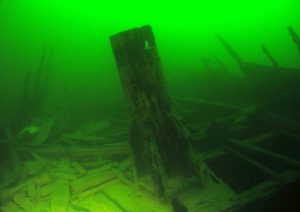
Until the discovery the shipwreck rested for 350 years at a depth of 30 metres. Underwater excavation of the ship started in 2007. The problem in identification of the vessel was connected with its uncommon shape, making it look like a warship but being too small in size. The ship was small like a merchant boat, but it had features typical of the large Scandinavian man-of-war ships. The ship however, was not equipped in gun-decks nor cannons, and bore none royal symbols, typical of Swedish warships. The vessel had gun ports along the sides, and had a beakhead with a large carved lion figure head.
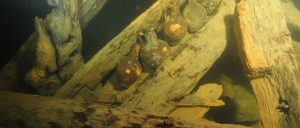
The ship was identified after a thorough query at the Swedish Military Archives. The vessel was initially named after its harbour city – Bodekull, which since 1664 is named Karlshamn. The documents revealed that the Bodekull was heading South, towards Kalmar in 1978, to grind cereals at a mill along the coast, under the command of one Olof Styff, who sailed the ship to Fagerholmen, an island in the Stockholm archipelago. On its way back, the ship hit a rock and sank, in the winter of 1678. Nonetheless, 20 barrels of water-soaked flour did reach Stockholm. Researchers believe the ship is one of the best-preserved 17th century ships in the world.
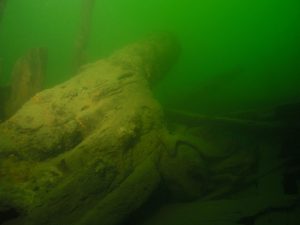
The shipwreck’s deck is still partially holding, with the capstan still in its place. The deck however, tumbled down into the lower deck, leaving the remains of the planks of the hull sides sticking upright. Two masts are reported still standing. Within the wreck researchers discovered several flint muskets, a dozen empty glass bottles, pottery, tools, shoes, cannons, and artillery equipment, as well as a sword. Archaeologists also discovered two anchors belonging to the ship, and recovered some of the artefacts, such as weapons, including a piston from a raised musket and a flintlock pistol.
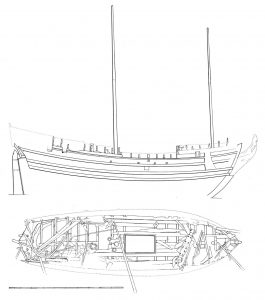
According to the researchers the silhouette of the ship was similar to the larger warships from the time, which clearly distinguished Bodekull from the contemporary merchant vessels. It was one of the vessels, ordered in 1659 by King Karl X Gustav to move horses and soldiers in his war against Denmark. But when the king unexpectedly died in the unfinished ships ordered before his death were repurposed, in various ways.
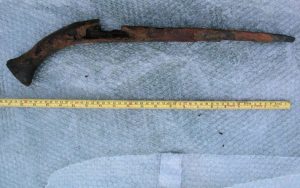

(after Haaretz, Jens Lindström, Andreas Olsson, Niklas Eriksson, Jon Adams, Jim Hansson & Swedish National Maritime Museum)